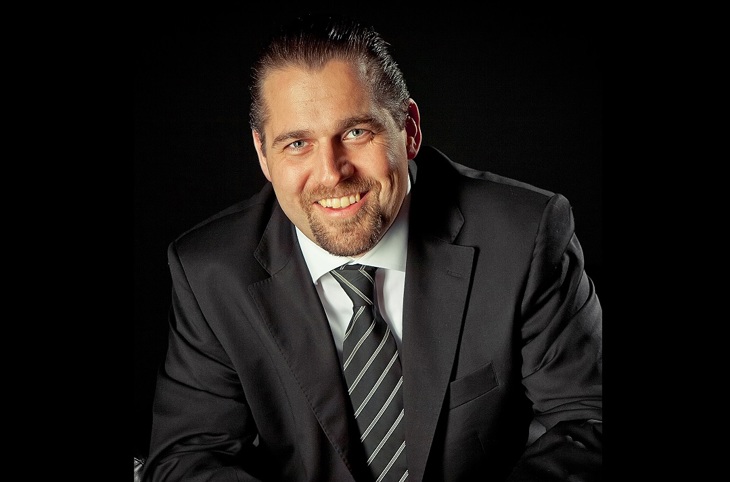
Dr Peter Brodehser: We’re about to see a significant change in insurance investment strategy. At the moment, the vast majority of investments are in liquid asset classes, but I am 99.9 per cent sure that won't be the case in the future. Alternative, illiquid asset classes such as real estate and private equity are all becoming increasingly important – with infrastructure leading the way.
"We’re about to see a significant change in insurance
investment strategy."
The most traditional investment portfolios are focused on fixed income instruments such as bonds and gilts, but with these yielding at almost zero per cent, insurers will find it more and more difficult to meet their liabilities without increasing their allocation to illiquid asset classes.
And while illiquidity can be a risk for some investors such as banks, for us in the insurance and pensions industry planning is quite easy. Insurers can predict at least ten years down the road and so managing illiquidity is far more straightforward. That means that investing in illiquids can be seen not as a risk but as a lever to generate premium.
The same thing is true with duration. Generally speaking the longer the duration, the higher the price you get, but for us having a balance in of bonds and longer-term assets means we reduce the risk and get better premiums.
Another argument to invest in illiquids is that most of the time it ticks all of the boxes with regards to ESG. Many projects are wind or solar, which means they are ecological by nature. Less obvious sectors are also often well-aligned to the environment, for instance investment in local trains can help reduce road traffic.
"For us having a balance in of bonds and longer-term assets means
we reduce the risk and get better premiums."
On top of that, infrastructure often meets social considerations as you can invest in universities, schools and hospitals. For us, the ESG criteria are a very important part of illiquid investing because it's sustainable.
Peter: The first reason is that many investors are fixed income by DNA. Lots of senior strategists come from a world where Fixed Income is the normal and they are used to things being flexible and being able to make changes – so it’s a mentality issue.
Another barrier is the cost. It’s certainly true that the costs for investing in illiquid assets can be significantly higher, particularly when investors need to bring in expertise to manage the assets. However, there are a range of options from building in-house capacity to outsourcing investments which are removing some of the price barriers.
Peter: The coronavirus pandemic has been an additional trigger. All the liquid asset classes suffered and there have been write offs on stock markets and on the fixed income side.
Meanwhile, illiquids –especially infrastructure - have been quite stable. We’ve seen some haircuts in real estate and private equity and obviously airports have suffered, but that’s a relatively small part of portfolio.
" All the liquid asset classes suffered and there have been
write offs on stock markets."
The fact is that most illiquid assets haven’t noticed any value decreases and that’s made illiquids even more attractive because it can generate a yield without increasing risk and it's stable during a crisis.
I think we will see a shift from liquid to illiquid, I would consider a percentage of at least 30 per cent within the next five years.
There will be a proper change because the pressure will be quite stark, if you can't generate enough return for the RHS you’re under pressure, so insurers will start really focusing on alternatives to generate income.